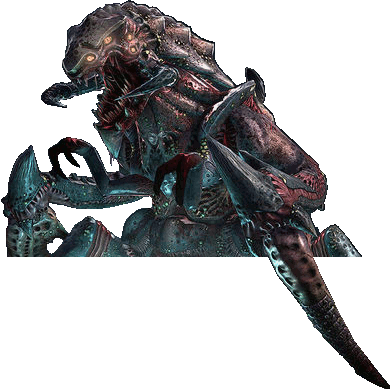Mapping/Compilation
Note
This page is not for mappers, it talks about the underlying mechanisms of the tools a mapper use.
Maps must be compiled from editor formats used to make them (eg .map, .blend) into a format the game understands (.bsp). This process has many stages and can take some time — from seconds for simple maps to hours for very large and complex maps.
Unvanquished currently uses Q3Map2 for normal map compilation (included with NetRadiant).
Contents
Space Partitioning
Map geometry is subdivided (partitioned) in half successively, effectively breaking the map down into progressively smaller chunks. The reason for this is to improve in-game render speed; this is done in such a manner that the engine can quickly determine what portions of the map the player is not facing, and therefore avoid having to render such areas. 🚧️ TODO: Create a .gif showing what this might look like. The scheme 🚧️ TODO: Scheme isn't really a good word, because BSP alone does not describe the algorithm for selecting good splitter planes. by which this is done is referred to as binary spatial partitioning, and this (as well as the data structure storing this information) is most often referred to as BSP. With each split, the compiler attempts to minimize the amount of geometry that must be cut to minimize the resulting size of the BSP. 🚧️ TODO: Elaborate.
Potentially Visible Set (PVS) calculation
http://en.wikipedia.org/wiki/Potentially_visible_set
This stage of compilation adds another speed boost atop that which BSP provides by 🚧️ TODO: fact check this; for all I know, view cells in Quake are not related to the BSP. calculating which regions of the map are visible when viewed from other areas so that areas that are not visible are not drawn. Each of these areas for which a potentially visible set (PVS) is calculated is referred to as a cell or portal. 🚧️ TODO: Not sure which of "cell" or "portal" is preferred parlance in Quake-speak. As an example, imagine standing in a room in a house. 🚧️ TODO: A pic would be nice. Using only BSP, the game engine could very quickly determine which rooms you are not facing (as if the rooms were made of glass and every room were visible from every other room), and skip drawing them. However, while standing in that room, there are many other rooms in the house that you likely also cannot see (as the walls of the rooms are probably not glass and very much opaque). This is PVS in a nutshell: for that room, the PVS might only be an adjoining hallway and a closet (assuming that the doors are open). In a large house with many rooms, in a worst-case scenario (where both the player is facing the hallway and the closet at the same time), the engine still has very little to draw as compared to the entire house. This is discussed in greater detail on Fabien Sanglard's blog.
Lightmap Calculation
Using the position, color, and type 🚧️ TODO: There are different types of lights in Q3, right? of lights placed in the map editor, the lightmapper generates a static lightmap which is essentially painted over (blended with) the map textures at run-time to create shadows and areas of light and dark. (Otherwise, the map would be the same brightness throughout and devoid of shadow). Note that this is not the extent of the engine's lighting capabilities; additional (dynamic) lighting is performed in real-time to create effects such as light generated from muzzle flashes. 🚧️ TODO: Elaborate further.

